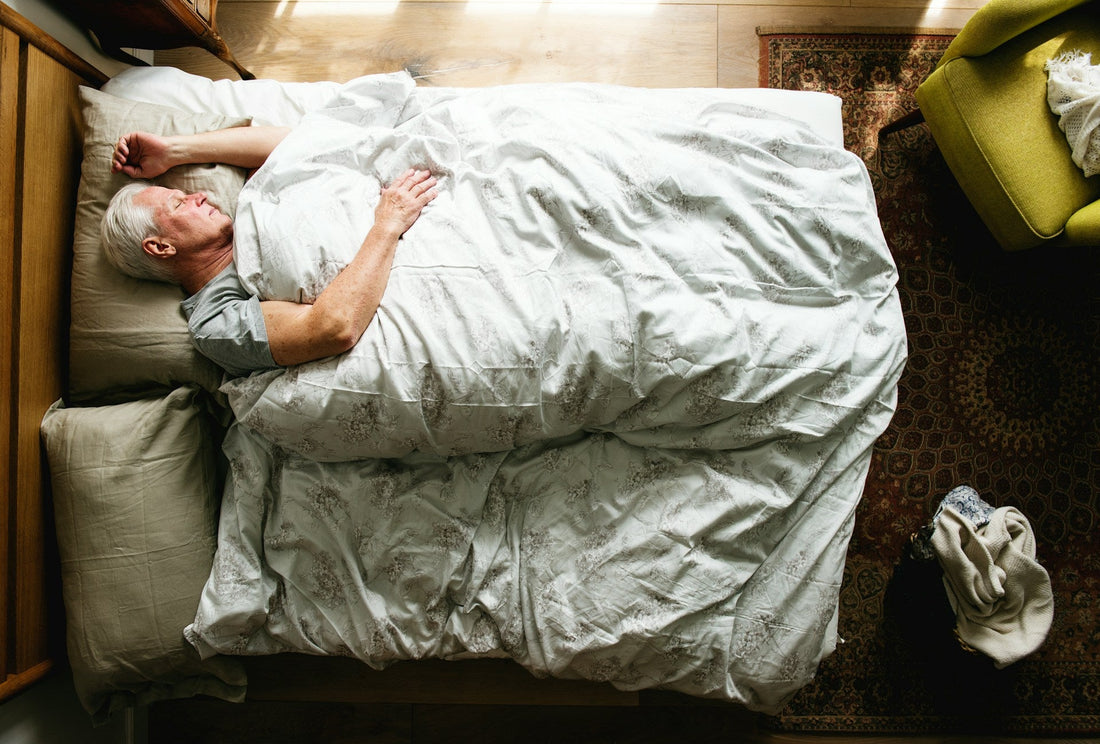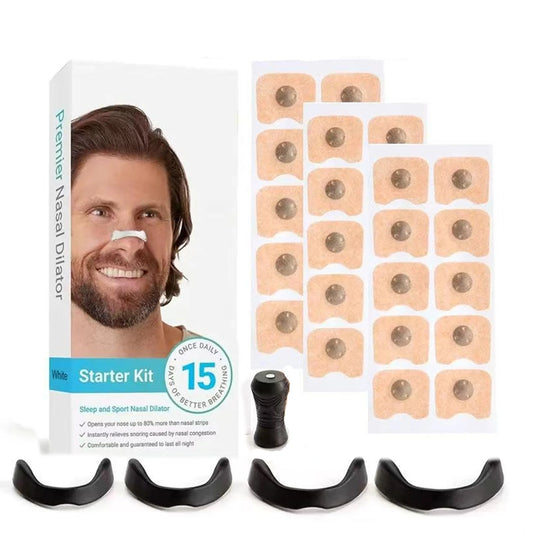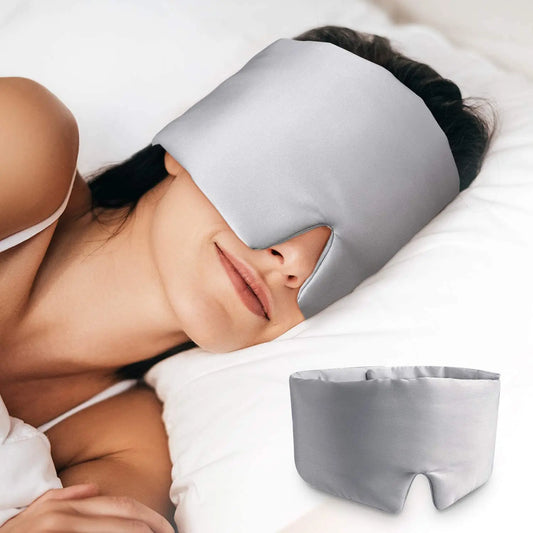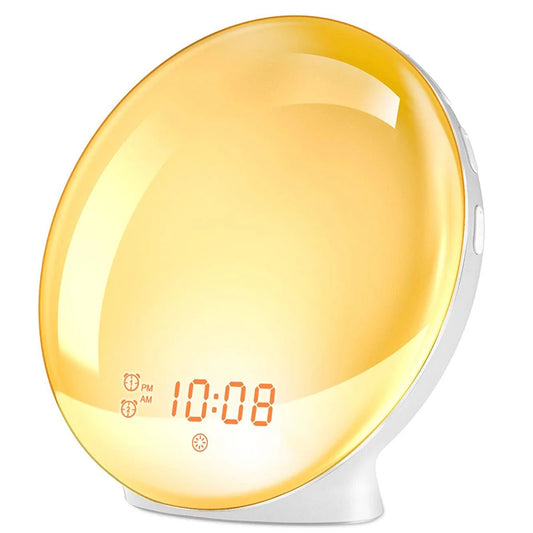
Sleep Posture Explained: How Back, Side, and Stomach Sleeping Affect Your Health
Share
Most of us spend nearly a third of our lives asleep, but how much thought do we give to the way we position our bodies at night? While many people focus on the number of hours they sleep, the quality of rest often depends on something more subtle: posture.
The way you sleep shapes the health of your spine, the ease of your breathing, and the comfort you feel when you wake up. Poor posture at night can leave you with stiff muscles, headaches, or even long-term back problems, while the right posture can prevent pain and promote deep, restorative rest.
In this article, we’ll explore the impact of common sleeping positions on your neck, back, and breathing. We’ll also look at practical tools that can help you support your posture, reduce discomfort, and create an environment that encourages healthier sleep.
Back Sleeping: Supine Position
Back sleeping, also known as the supine position, is often praised by sleep specialists because it keeps the spine in a relatively neutral alignment. When lying on your back, the weight of the body is evenly distributed, which reduces pressure points and minimises the risk of waking with sore hips or shoulders. In theory, this is one of the healthiest ways to rest — but only if it’s done with proper support.
The biggest challenge with back sleeping is neck positioning. Without a supportive pillow, the head may fall too far backward, straining the cervical spine and leading to stiffness or headaches. Conversely, a pillow that’s too thick can push the chin toward the chest, compressing the airway and making breathing more difficult. This is one reason back sleeping is closely linked with snoring and sleep apnoea.
A contoured pillow, such as a Memory Foam Cervical Vertebrae Support Pillow, can help by gently cradling the natural curve of the neck while keeping the head aligned with the spine. This allows the muscles to relax fully without forcing the airway into a compromised position.
Side Sleeping
Side sleeping is the most common posture worldwide, and for good reason. It offers several benefits, particularly for those who snore, suffer from acid reflux, or are pregnant. By turning onto the side, the airway remains more open, reducing the likelihood of snoring or apnoea episodes. Many people also find this position more comfortable for digestion and circulation.
However, side sleeping presents its own set of challenges. The most common issue is neck alignment. If the pillow is too thin, the head tilts downward, straining the muscles and ligaments in the neck. If the pillow is too thick, the head is forced upward, creating similar discomfort. Over time, either extreme can contribute to chronic neck pain or headaches. Shoulders and hips also bear more weight in this position, leading to pressure points or numbness.
The solution again, is to use a pillow that provides enough loft to keep the head level with the spine. An Orthopaedic Neck Support Pillow is particularly helpful here, as it is designed to maintain proper alignment while distributing pressure evenly. Side sleepers can also benefit from placing a small pillow between the knees to prevent the upper leg from pulling the spine into a slight twist. This simple adjustment can reduce strain on the lower back and hips, making side sleeping a healthier and more restorative choice.
Stomach Sleeping: Prone Position
Stomach sleeping or prone sleeping, though comfortable for some, is widely considered the least supportive posture. The main issue comes from the neck: in order to breathe, stomach sleepers must turn their head to the side, forcing the cervical spine into rotation for hours at a time. This can lead to stiffness, nerve irritation, or even long-term joint issues. Additionally, the lower back is often forced into an unnatural arch, which can strain muscles and ligaments and worsen conditions like sciatica.
Breathing is another challenge in this position. Because the chest is pressed against the mattress, expansion of the lungs can feel restricted, leading to shallow breathing and less efficient oxygen intake.
If stomach sleeping is your natural preference and changing positions feels impossible, there are still ways to reduce harm. Using a very flat pillow — or none at all — can limit the degree of neck rotation. Over time, however, many stomach sleepers benefit from gradually transitioning to side or back sleeping, supported by the right pillows and breathing aids. The goal isn’t to force an uncomfortable change overnight, but to make small adjustments that allow the body to rest with less strain.
Semi-Upright Sleeping
Of course, not all sleep happens in a bed. Many people nap on the couch, rest in a recliner, or spend long hours trying to sleep upright while traveling. Unfortunately, these situations often result in awkward neck angles that cause stiffness, soreness, or even headaches. The head naturally tips forward or to the side when unsupported, placing strain on both the neck and shoulders.
A Memory Foam Travel Neck Pillow is invaluable in these scenarios. By wrapping around the neck, it keeps the head supported in a neutral position, preventing excessive tilting. This can make a long flight or car ride significantly more restful. Pairing the travel pillow with an eye mask and ear plugs also helps block out light and noise, creating a more sleep-friendly environment even in less-than-ideal conditions.
Final Thoughts on Sleep Posture
Your sleep posture is definitely an overlooked factors in overall sleep quality and health. The way you position your body at night can shape everything from spinal health to breathing efficiency and even how energised you feel in the morning. By understanding the strengths and weaknesses of each sleeping position, you can make small but meaningful adjustments that protect your neck, back, and airways.
Supportive pillows, breathing aids, and environmental tools like masks, ear plugs, and cooling blankets all work together to create a sleep environment that encourages proper alignment and deeper rest. Whether you’re a back sleeper looking to reduce snoring, a side sleeper seeking neck support, or someone who frequently travels and struggles with upright sleep, there are practical solutions available.
Sleep should be the time your body restores itself — not the source of new aches and pains. With the right posture and tools, you can give your body the support it needs to truly recharge.









